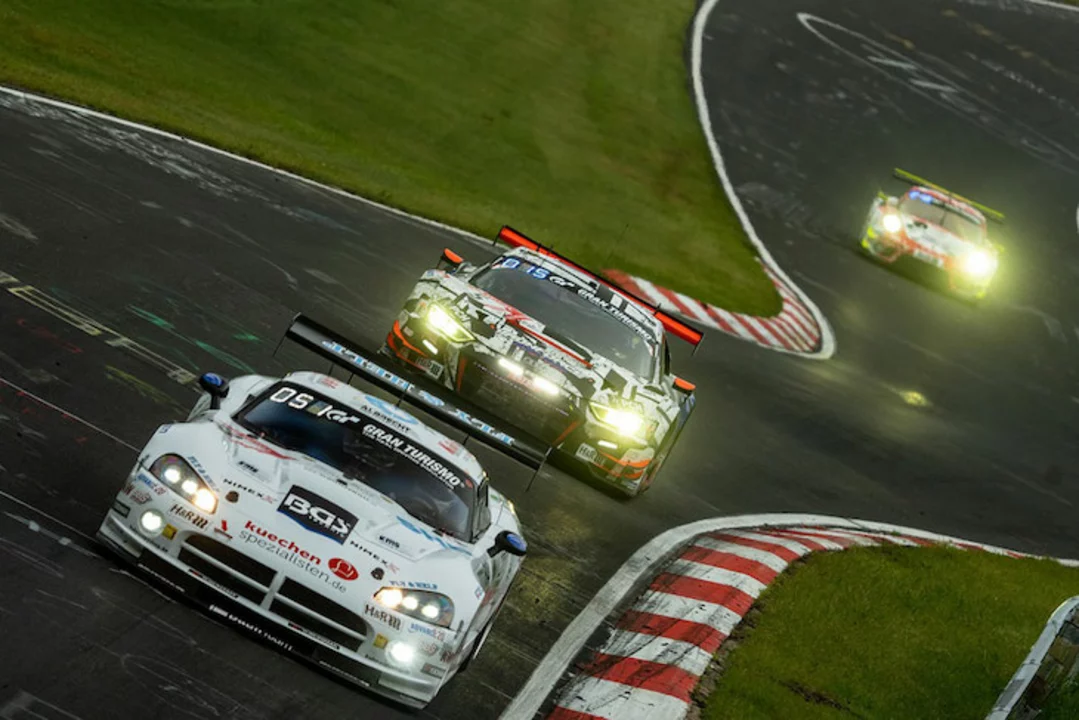Age Limit in Motorsport: Your Quick Guide
If you love speed, the first question is usually "When can I start?" Motorsports have clear age rules that keep kids safe and make sure drivers are ready for the challenge. Below you’ll find the most common limits, why they exist, and how you can move up the ladder without breaking any rules.
Why Age Limits Matter
Age limits protect young drivers from dangerous situations and give them time to learn basic skills. Most clubs require a minimum age before you can get a racing licence because the sport involves high speeds, heavy cars, and strict safety gear. For example, go‑karting – the typical entry point – often lets children as young as 5 or 6 hit a small track with a low‑power kart. That early exposure builds reflexes and teaches track etiquette.
As the vehicles get faster, the age requirement rises. Formula 4, a common stepping stone to higher formula racing, usually demands drivers be at least 15‑16 years old and hold an FIA‑approved licence. The same age range applies to many junior GT or touring‑car series. The logic is simple: older drivers have better judgment, stronger bodies, and more experience handling high‑g forces.
Another reason for age rules is insurance. Track operators must meet legal standards, and insurers check that every participant meets the minimum age for the category they’re entering. This helps keep premiums down and the sport accessible for everyone.
How to Get Started at Different Ages
Under 10 years old: Look for local karting clubs that run “Mini‑Kart” programs. These karts have limited speed (around 30‑40 km/h) and all safety gear is provided. Most clubs require a parent sign‑off and a short safety briefing before the child can race.
10‑14 years old: Many karting championships open a “Junior” class for this age group. The karts are a bit faster (up to 70 km/h) and you’ll start to earn points toward a licence. It’s a good time to practice basic car control, braking zones, and race starts.
15‑17 years old: This is when you can apply for a beginner’s racing licence. The application usually asks for a medical check, a short theory test, and proof of completed karting experience. With the licence, you can step into entry‑level formula cars, junior touring cars, or even youth rally events.
18+ years old: Full licences are available for all major series, including GT, touring‑car, and endurance racing. Some series, like the British Touring Car Championship, have a minimum age of 17 for a super‑licence, but most top‑level events require you to be 18.
Regardless of age, always wear a certified helmet, a fire‑resistant suit, and a proper harness. Safety gear isn’t just a rule – it’s the difference between a fun weekend and a serious injury.
Finally, remember that age limits can vary by country and sanctioning body. Check your local motorsport federation’s website for exact numbers before you sign up for a race. Getting the details right the first time saves you time, money, and headaches.
So whether you’re a parent looking for a safe way to introduce your kid to racing, or a teen ready to trade go‑karts for a formula car, the age limits are there to keep the sport fair and safe. Follow the rules, train hard, and you’ll be on the track in no time.

Can I start to car racing If I am already 30?
As a 30-year-old, I recently wondered if it's too late for me to start car racing. After researching, I discovered that age is not necessarily a barrier, and many successful racers began their careers later in life. In fact, some racing categories and clubs cater specifically to older drivers. With determination, passion, and proper training, I realized I can still pursue car racing despite my age. The key is to start with realistic expectations and enjoy the thrilling journey of learning and improving.
read more

